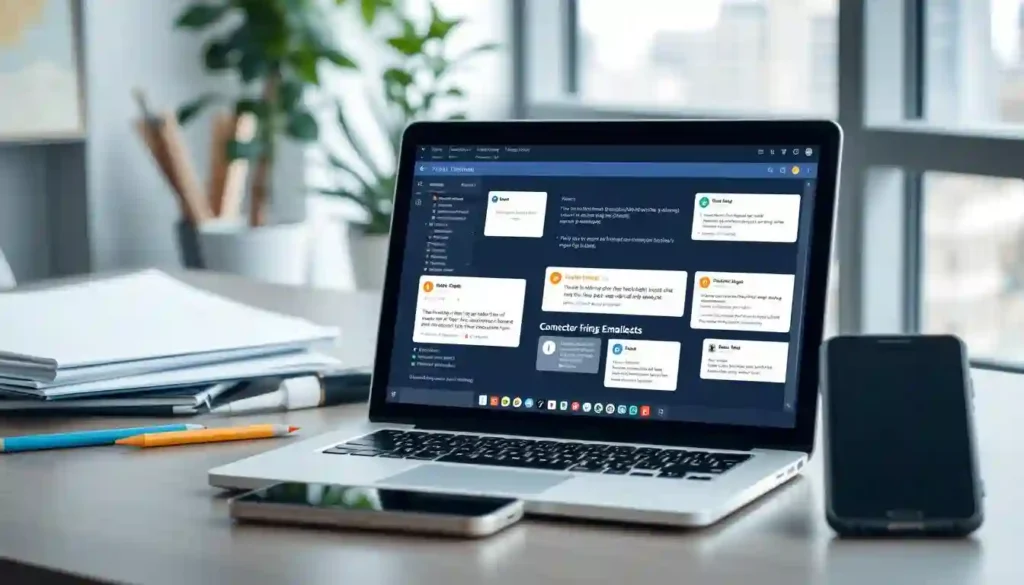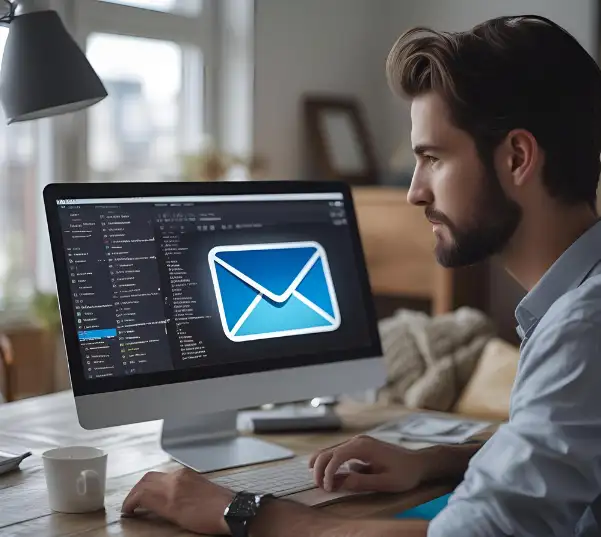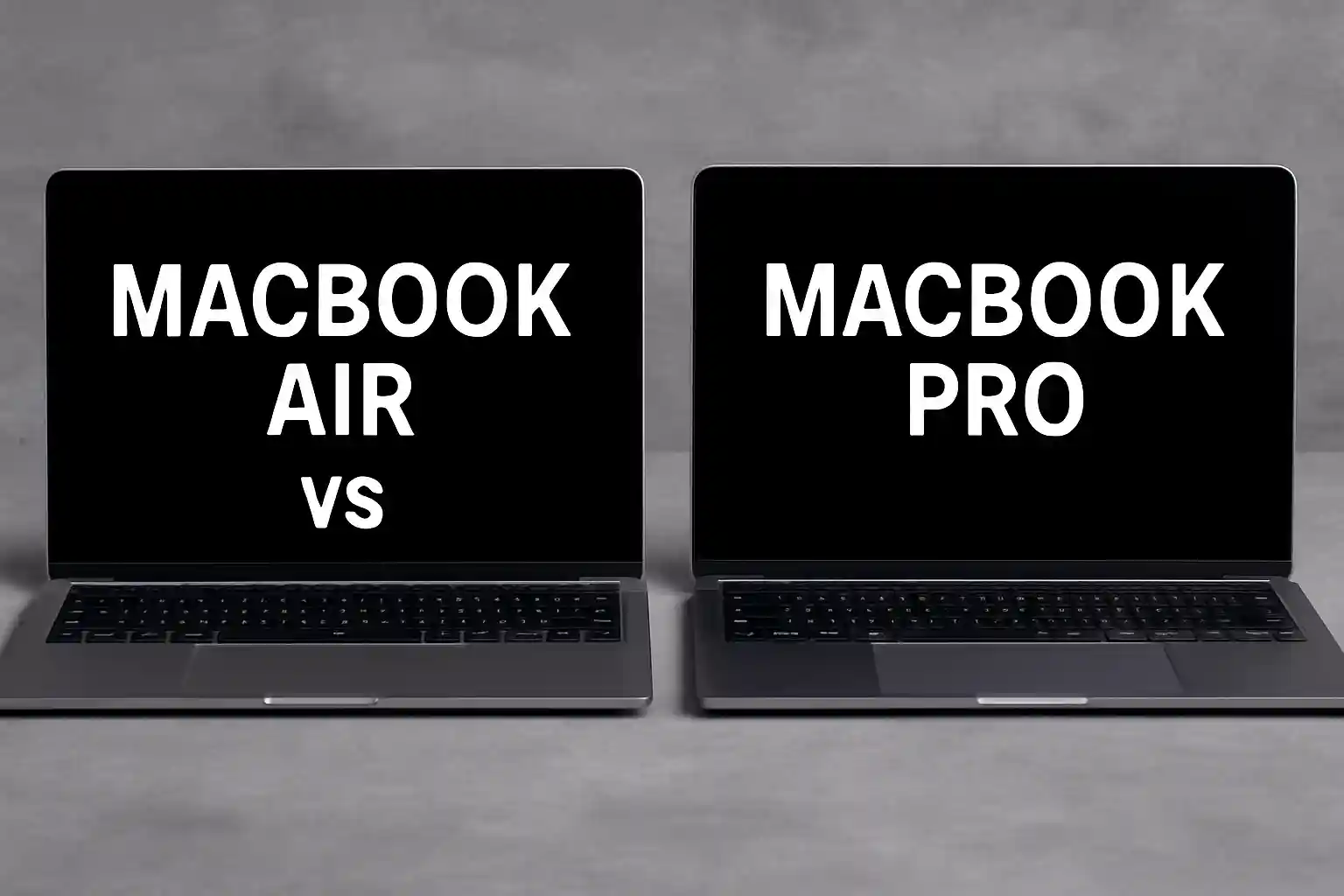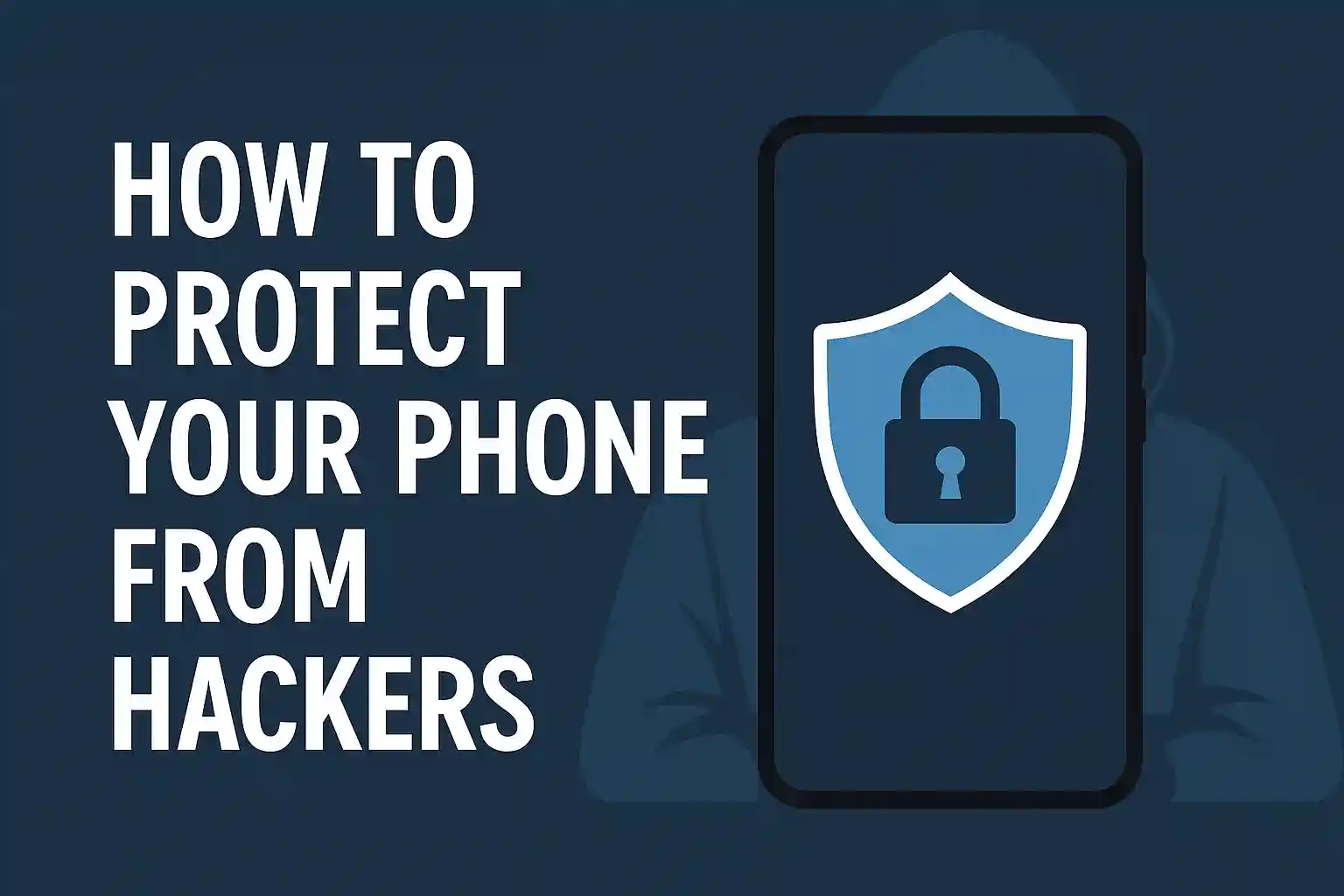11 Common Email Problems and How to Fix Them Easily
Did you know that nearly 4 billion people worldwide use email? The average person gets around 120 emails daily. With so many users and emails, email issues happen a lot.
Email problems can be simple, like not sending or getting emails. They can also be about email content and attachments. These issues can really slow you down. But, most email issues have easy fixes.

Table of Contents
ToggleThis article will help you fix email errors. It will guide you through troubleshooting email problems. This way, your email communications will stay smooth.
Key Takeaways
- Identify common email issues and their causes.
- Learn email error fixes for typical problems.
- Discover how to troubleshoot email problems effectively.
- Implement solutions to enhance email communication.
- Improve your overall email management.
The Growing Importance of Email Reliability
As the world gets more connected, email reliability is key. Email is now a must-have for talking to others, both at work and at home. Millions use it every day.
Email Usage Statistics in India
In India, more people are using email than ever before. Over 300 million Indians check their email often. This makes email very important for work and personal talks.
Smartphones have made it easier for people to check their email anywhere. This has helped email use grow even more.
Impact of Email Issues on Productivity
Email problems can really slow things down. If emails don’t go through, it can cause big delays. This can lead to missed chances and broken communication.
For businesses, this can mean lost sales and unhappy customers. Keeping email working well is key to success.
Understanding how important email is helps us fix problems. This way, we can keep things running smoothly and stay productive.
READ ALSO – iPhone Pro vs. Pro Max: Which One Is Right for You?
Email Not Sending
When your emails won’t send, it’s really frustrating. This problem can come from many technical issues. These range from simple mistakes to complex network problems.
Common Symptoms and Error Messages
Email sending failures show up as error messages or timeouts. You might get a “message not delivered” notice. Or, you might see an error about the SMTP server.
Error messages can mean different things. They often point to problems like not being able to log in or server connection issues.
Potential Causes of Sending Failures
There are many reasons why emails might not send. Knowing these reasons is key to fixing the problem.
Internet Connectivity Issues
A good internet connection is needed to send emails. Problems like a disconnected network or poor internet can stop emails from going out.
Incorrect SMTP Settings
SMTP settings are very important for sending emails. If these settings are wrong, like the wrong SMTP server address or port number, emails won’t send.
Step-by-Step Solutions
To fix email sending issues, follow a step-by-step plan. Here are some steps to help you troubleshoot.
Checking Network Connection
Make sure your internet is working well. Try opening a web page or use a network diagnostic tool.
Double-check your SMTP settings. Make sure the SMTP server, port, and authentication details are right.
Troubleshooting Authentication Problems
Authentication issues can be fixed by checking your username and password. Make sure your login info is correct and your account is working.
By following these steps, you can find and fix the problem stopping your emails from sending.
Unable to Receive Emails
Many users face problems with not getting emails. This can cause missed chances and slow replies.
Diagnosing Reception Problems
To solve not getting emails, first find the problem. Check your email settings and make sure your client is set up right. Look for error messages that show what’s wrong.
Common Causes for Missing Incoming Emails
There are a few reasons you might not get emails. These include:
- Full mailbox issues
- Incorrect POP/IMAP configuration
- Server settings problems
Full Mailbox Issues
A full mailbox stops new emails. To fix it, delete old emails or get more storage.
Incorrect POP/IMAP Configuration
Wrong POP or IMAP settings can block emails. Make sure your client is set up right with the correct protocol and server settings.
Fixing Email Reception Issues
To fix email problems, do these steps:
- Check Server Settings: Make sure your email client has the right server settings.
- Clear Storage Space: Get rid of emails and attachments you don’t need to free up space.
- Contact Email Service Provider: If it still doesn’t work, ask your email service provider for help.
Make sure your incoming and outgoing server settings are correct. This includes the mail server addresses and ports.
Clearing Storage Space
Keep your mailbox clean by deleting spam, trash, and big attachments. This keeps enough space for emails.
Contacting Email Service Provider
If you can’t fix it yourself, contact your email service provider’s support team for help.
READ ALSO – Why Is My iPhone Battery Draining So Fast? 15 Real Fixes
Email Attachment Problems
Sending files via email attachments can be tricky. Issues like size limits and file format problems can get in the way. Despite being common, these problems can stop attachments from reaching their destination.
Types of Attachment Issues
There are many ways email attachments can go wrong. They might not send or receive, or email providers might block them for safety reasons. Knowing these problems helps fix them.
Understanding Size Limitations
Size limits are a big problem with email attachments. Most email services have limits on how big files can be.
Provider-Specific Attachment Limits in India
In India, email services like Gmail, Outlook, and Yahoo have their own size limits. For example, Gmail lets you send up to 25MB attachments. Outlook has a 20MB limit for regular attachments but more for Office 365 users.
File Format Compatibility Issues
File format problems are another big issue. Some formats might be blocked or not work with certain email services. This is often because of security or compatibility issues.
Solutions for Attachment Problems
To solve email attachment problems, there are a few things you can do. You can compress files to make them smaller, use cloud storage to share big files, or change file formats to make them work better.
Compressing Files Effectively
Compressing files is a good way to make them smaller. This makes it easier to send them as attachments. You can use tools like WinZip or 7-Zip to do this.
Using Cloud Storage Alternatives
Cloud storage services like Google Drive, Dropbox, or OneDrive are great for sharing big files. You can upload your files and share links with others.
Converting File Formats
Changing file formats to more common ones can solve compatibility problems. For example, turning a document into PDF format makes it easy for most devices to open.
Email Account Login Failures
Email login failures are common. But, there are ways to fix them. When you can’t get into your email, it messes up your day. Knowing why and how to fix these problems is key.
Common Login Error Messages
When you can’t log in, you might see “Invalid username or password,” “Account locked,” or “Authentication failed.” These messages mean there’s a problem with your login details.
Reasons for Authentication Problems
There are many reasons for login troubles. These include password problems and security measures.
Password Issues
Forgetting your password or typing it wrong is a big reason for login failures. Make sure your password is right and reset it if you need to.
Account Security Measures
Security features like two-factor authentication (2FA) can cause problems if set up wrong.
Resolving Access Problems
To fix login issues, try password recovery, troubleshoot 2FA, and solve account lockouts.
Password Recovery Options
Email providers usually have ways to recover your password. This might include answering security questions or using a recovery email.
Two-Factor Authentication Troubleshooting
With 2FA on, make sure you enter the code right. You might need to check your authenticator app or SMS for the correct code.
Account Lockout Solutions
If your account is locked, you can wait or contact support. This usually fixes the problem.
| Issue | Solution |
|---|---|
| Incorrect Password | Reset Password |
| 2FA Code Incorrect | Check Authenticator App or SMS |
| Account Locked | Wait or Contact Support |
Emails Going to Spam Folder
When important emails go to the spam folder, it’s a big problem. It messes up communication and makes work harder. This is not just annoying for people but also hurts businesses that use email a lot.
Why Legitimate Emails Get Flagged as Spam
Legitimate emails can get marked as spam for many reasons. Content-based filtering and sender reputation are big factors. Email services use smart rules to catch spam, but sometimes they mistake good emails for spam.
Identifying Spam Filter Triggers
Knowing what makes spam filters go off is key to avoiding mistakes. There are two main things to watch:
Content-Based Filtering
Spam filters look at email content for signs of spam. This includes weird links, certain words, or attachments. If an email looks suspicious, it might get marked as spam.
Sender Reputation Factors
A sender’s reputation is based on their past emails and how people react to them. If a sender has sent a lot of spam or has many complaints, their emails are more likely to be seen as spam.
Preventing Spam Categorization
To stop good emails from being seen as spam, there are a few things you can do:
Whitelist Management
Being on someone’s whitelist can help a lot. It means your emails are less likely to be seen as spam.
Filter Training Techniques
Some email services let you teach their spam filters. You can mark emails as “not spam.” This helps the filters get better over time.
Email Content Best Practices
Writing good emails can also help. Avoid spammy words, use clear subject lines, and include a plain text version. This can help your emails not get marked as spam.
By knowing why emails get flagged and using strategies to avoid it, you can make sure your emails get through.
READ ALSO – Laptop Battery Drops from 100% to 90% Instantly? How to Fix It.
Slow Email Performance

Email problems can really slow you down. When your email is slow, it makes talking to others hard. It also messes up your work flow and makes you less efficient.
Signs of Email Client Performance Issues
Spotting slow email issues is key. Look out for these signs:
- Slow loading of emails or folders
- Delays in sending or receiving emails
- Freezing or crashing of the email client
These signs mean there’s a problem with your email client.
Causes of Email Sluggishness
Many things can make your email slow. Knowing what causes it helps fix it.
Oversized Mailboxes
A big mailbox with lots of emails can slow you down. Keeping your mailbox small helps a lot.
Resource-Intensive Add-ons
Some add-ons use a lot of resources, making your email slow. Managing these add-ons can speed things up.
Optimizing Email Speed
To make your email faster, try these tips.
Mailbox Cleanup Strategies
Cleaning out your mailbox helps a lot. Delete emails you don’t need or archive old ones. Make cleaning your mailbox a regular thing.
Client Settings Optimization
Changing your email settings can also help. Try showing fewer emails at once or turning off features you don’t use.
Hardware Considerations
Make sure your computer has enough power. Upgrading your hardware might be needed if it’s old.
Email Synchronization Issues Across Devices
Email syncing is key in today’s world. With more devices, keeping emails in sync is vital. It helps us stay productive and convenient.
Understanding Email Protocols
Email protocols are important for syncing emails. The main ones are IMAP, POP3, and Exchange.
IMAP vs. POP3 Differences
IMAP lets you manage emails on the server. This means you can sync emails across devices. On the other hand, POP3 downloads emails to one device. This can cause syncing problems with other devices.
Exchange and Proprietary Protocols
Exchange protocols like Microsoft Exchange ActiveSync sync emails well. Gmail’s proprietary protocols also sync emails well.
Common Sync Problems
Even with good protocols, syncing issues still happen. Some common problems are:
- Emails not updating across devices
- Duplicate emails
- Emails stuck in the outbox
- Authentication errors
Resolving Multi-Device Synchronization
To fix syncing issues, we need to know why they happen. Then, we can find the right solutions.
Protocol Selection Best Practices
Picking the right email protocol is key. IMAP is best for syncing across many devices.
Device-Specific Settings
Setting up device-specific settings helps. Make sure the email client syncs regularly.
Troubleshooting Sync Conflicts
When conflicts happen, we can troubleshoot. Check server settings, restart devices, and verify login details.
| Protocol | Sync Capability | Device Support |
|---|---|---|
| IMAP | Multi-device sync | High |
| POP3 | Single-device download | Low |
| Exchange | Advanced sync features | High |
Email Storage Problems
It’s important to know about email storage issues. This is the space your email provider gives you to keep emails and attachments. If this space is full, you might not get new emails.
Storage Limitation Indicators
There are signs you’re running out of email storage. These include:
- Getting warnings from your email provider about storage.
- Not being able to send or receive emails.
- Your email client being slow or not working well.
Understanding Mailbox Quotas
Mailbox quotas are the max storage for your email account. Going over this can cause problems.
Provider-Specific Limits in India
Email providers in India have different storage limits. For example, Gmail gives 15 GB for free. Outlook offers 5 GB.
Local vs. Server Storage
It’s important to know the difference between local and server storage. Managing both well helps avoid storage issues.
Managing Email Storage Effectively
To handle your email storage well, try these tips:
Email Archiving Strategies
Archiving old emails can save space. Most email clients let you move emails to a separate folder.
Attachment Management
Big attachments use a lot of storage. You can save them locally or use cloud storage.
Storage Upgrade Options
If you always need more storage, think about upgrading your email plan. Many providers let you pay for more storage.
Understanding and managing your email storage helps avoid common problems. It makes your email experience better.
READ ALSO – TorrentGalaxy vs 1337x vs Pirate Bay: Which is Best?
Email Configuration Errors
Email misconfiguration is a common problem. It can mess up both personal and work emails. Wrong settings can cause emails to not send or receive. They can even make your emails less secure.
Identifying Misconfiguration Symptoms
Signs of email misconfiguration include error messages and emails not syncing. You might also see authentication failures. Spotting these signs early helps fix problems fast.
- Error messages when sending or receiving emails
- Emails not appearing in the inbox
- Authentication failures
Common Server Settings Mistakes
Server settings mistakes often cause email problems. These mistakes include wrong port numbers and SSL/TLS issues. They can also include incorrect server addresses.
Port Number Issues
Using the wrong port numbers can block emails. The right ports are 587 for SMTP and 993 for IMAP.
SSL/TLS Configuration Errors
Wrong SSL/TLS settings can cause security problems. It’s key to set these up right for safe email use.
Correct Configuration Procedures
To avoid errors, follow the right setup steps. This includes using manual guides and settings specific to your provider.
Manual Setup Guide
Manual setup lets you control your email settings. This method gives you more control over your email.
Provider-Specific Settings for Indian Services
Indian email services have their own settings. It’s important to use the right ones.
Testing Configuration Changes
Test your email after making changes. This ensures emails are working right. It helps find any remaining problems.
Email Provider Outages

Email outages are a big worry for everyone. They can mess up our communication and slow down work.
Recognizing Service Disruptions
Spotting an email outage is the first step to fix it. Signs include not being able to send or get emails. You might also see error messages or lose service altogether.
Key indicators of an outage include:
- Error messages when sending or receiving emails
- Inability to log in to the email account
- Emails not being delivered or received
Major Email Providers in India and Their Status Pages
India has big email providers with their own status pages. Knowing where to find updates helps users stay in the loop.
| Email Provider | Status Page | Common Issues |
|---|---|---|
| Gmail | Google Apps Status | Login issues, sync problems |
| Outlook | Microsoft Service Status | Sending/receiving issues, attachment problems |
| Yahoo Mail | Yahoo Status | Login issues, email not delivering |
Handling Email During Outages
Having a plan for email outages is key. Use temporary fixes, keep your business running, and plan for after the outage.
Temporary Alternatives
Try different email services or messaging apps to stay connected. This can be a good temporary fix.
Business Continuity Strategies
Businesses can keep running by having backup servers or cloud email. Having extra email systems helps too.
Post-Outage Recovery
After an outage, check how it affected you. Then, fix things like email settings or software. You might even switch email providers.
11 Common Email Problems and How to Fix Them Easily
Email problems can mess up your communication. But, you can fix them with the right steps. Issues like not sending or receiving emails, attachment problems, and login failures are common.
Comprehensive Troubleshooting Flowchart
A detailed troubleshooting flowchart can help you solve email problems step by step. Here’s a guide to fix common email issues:
- First, check your internet connection to make sure it’s working.
- Then, check your email settings, like SMTP and IMAP/POP.
- Look for any error messages and find out what they mean.
- Make sure your email account isn’t full or suspended.
- Finally, try restarting your email client or app.
When to Contact Professional IT Support
If basic steps don’t work, it’s time to call professional IT support. You might need help if:
- You keep getting error messages.
- You can’t send or receive emails, even after checking settings.
- Your email account gets hacked or shows suspicious activity.
Professional IT support can tackle complex issues with advanced troubleshooting.
India-Specific Email Support Resources
In India, there are many email support resources:
- Gmail Support: Google has lots of help for Gmail users, like FAQs and live chat.
- Outlook Support: Microsoft helps Outlook users with guides and forums.
- Local IT Support Services: Many Indian cities offer local IT support for email problems.
Using these resources can help you fix email issues quickly.
READ ALSO – 11 Ways to Make Your Online Shopping Safer & More Secure
Preventing Future Email Problems
Keeping your email account in good shape helps avoid common issues. Simple steps can greatly lower the chance of email troubles.
Email Maintenance Best Practices
Keeping your email clean is key. This means regularly cleaning out your inbox and updating your password often. Also, make sure your email client is always up to date. These steps keep your inbox tidy and protect against security threats.
Organizing your emails in folders and using filters also helps. It makes managing emails easier and boosts productivity. Plus, it helps spot and fix problems faster.
Recommended Email Backup Solutions
Backing up your emails is essential to avoid losing data. Use cloud backup services or external hard drives to keep your emails safe. Regular backups are a good idea to keep your data current.
Security Measures to Protect Email Accounts
Strong security is crucial for your email account. Two-factor authentication (2FA) adds extra security. It makes it harder for others to get into your account. Also, be careful with suspicious emails and links to avoid phishing and malware.
By taking these steps, you can reduce the chance of email problems. This ensures a smoother email experience for you.
Conclusion
Fixing common email problems is key to staying productive and keeping in touch. Knowing why emails go wrong and how to fix them helps a lot. This way, you can have a smooth email experience.
Email troubleshooting is very important today. This article helps you solve issues like emails not sending or attachments not working. By following the steps, you can fix these problems quickly.
To solve email issues, you need a good plan. This includes keeping your email in top shape, backing it up, and keeping it safe. This way, you can avoid future problems and have a reliable email service.
In short, learning how to fix email problems and using good solutions makes emailing better. By staying up-to-date and acting fast, you can beat common email issues. This keeps your digital communication smooth and effective.
FAQ
Why are my emails not sending?
Emails might not send because of internet problems, wrong SMTP settings, or authentication issues. Make sure your internet is working. Check your server settings and authentication details.
How do I fix email reception issues?
To fix email issues, check your server settings. If your mailbox is full, clear space. Also, verify POP/IMAP settings. If problems continue, contact your email provider.
Why can’t I open email attachments?
Attachments might not open because of file format or size issues. Try compressing big files or using cloud storage. Changing file formats can also help.
I’m having trouble logging into my email account. What’s wrong?
Login troubles might be due to password issues, security measures, or two-factor authentication problems. Try password recovery. Check your security settings and troubleshoot two-factor authentication.
Why are my emails going to the spam folder?
Emails might go to spam due to content filters or sender reputation. Manage your whitelist and train spam filters. Follow best practices for email content to avoid spam.
How can I improve slow email performance?
To speed up email, clean your mailbox and optimize settings. Consider upgrading hardware. Regularly deleting emails and optimizing your client can improve performance.
Why aren’t my emails syncing across devices?
Sync issues might come from protocol choices, device settings, or conflicts. Learn about IMAP, POP3, and Exchange. Adjust your device settings to fix syncing problems.
I’m running out of email storage space. What can I do?
To manage storage, use archiving, manage attachments, and consider upgrading. Store attachments locally or in cloud storage to free up space.
How do I correct email configuration errors?
To fix configuration errors, identify symptoms and check for common mistakes. Follow setup guides and provider-specific settings to correct issues.
What should I do during an email provider outage?
During an outage, check the provider’s status page for updates. Use temporary alternatives or business continuity strategies to minimize impact.
How can I prevent future email problems?
To avoid future problems, follow maintenance best practices and use backup solutions. Implement security like strong passwords and two-factor authentication to protect your accounts.






